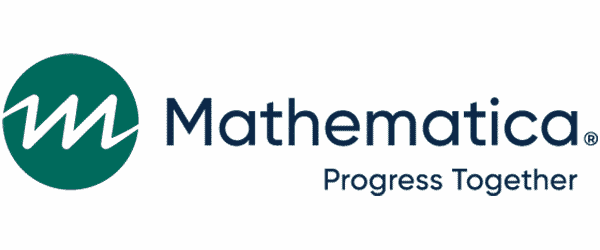
Home » Transcript Library » How to analyse qualitative data for an interview
How to analyse qualitative data for an interview
Six tips for analyzing data from a semi-structured interview.
So you have completed your semi-structured interview, well done you. Not sure of what to do now? I will show you how to analyze your data, so you can produce meaningful answers to your research question. In qualitative research, data analysis happens at the same time as data collection and the process is iterative meaning you return to the data often and each time you do you become more steeped in the data. It requires ample time for iteration and reflection. There are many different analytical frameworks that researchers use to guide the interpretation of their qualitative data, but that’s the subject of another video.
For this video, I will simply focus on what you need to do with the interview data you have collected. Immediately after an interview, make notes of the ideas and questions that occur to you. Next organise and store your data. You must label your data in a way that does not attach participants names to the data and store your data in a way that ensures you fulfill the promise of confidentiality you made to the participants at the interview stage. If you want to refresh yourself about collecting data – go back and watch our short video – “Six tips for conducting semi-structured interviews”! If you have recorded your interview, and I really recommend that you do then you need to transcribe the audio or video. Transcription is simple but time-consuming, you simply listen to the recording and write down verbatim, i.e. word-for-word, what the participant says. If you want to save time, you could consider using software to help you transcribe or use a transcription service. I have some links below on useful software and transcription services. Once you have your transcript, you are now ready to start interpreting your data. You can do this manually, but if you have a lot of data, say more than 10 interviews, then I strongly advise you use a software programme. I use NVIVO and I have put some links to that software. You do need to take the time to learn how to use it, but there are tons of videos online to help you learn fast. I have put some links down below.
First read your transcript and identify themes. Give the theme a name, this process is called coding. Keep notes of why you have named the theme in a specific way. These notes are called memos. Note also in your memos any exemplars, i.e. things that you are not expecting and those that surprised you. Once you completed reading and coding one transcript, repeat the process for other interviews and start to identify themes that recur across your interviews. Then writing up is easy, just describe the codes, the links between the themes and any patterns you noticed. You can also compare your themes and patterns to existing theory, does it agree or disagree?
Let's summarize:
1. Immediately after the interview make notes.
2. Label and store your data.
3. Transcribe your data.
4. Code the data.
5. Identify thematic patterns.
6. Write up your findings.
2. Label and store your data.
3. Transcribe your data.
4. Code the data.
5. Identify thematic patterns.
6. Write up your findings.
If you found this video useful, please like and hit the subscribe button. Remember to click on the bell, so you can be reminded when we upload new videos.
What is Institute for Development?
Institute for Development (IFD) is qualitative research firm in Sierra Leone, West Africa. We set up our YouTube channel to share what we learn about the research process, policy, and global development during our work, because we believe that knowledge from the south is not often shared with the rest of the world. So we’re on a mission to share a perspective with, that you may not often get to hear and to collaborate with you to create new ideas. Subscribe now to grow with us. So why is the dude speaking with American accent? We did our research and found the standard North American English accent was the most widely understood across the world. Remember to hit the subscribe button below.
Copyright Disclaimer
Under Title 17 U.S.C. Section 107, allowance is made for “fair use” for purposes such as criticism, comment, news reporting, teaching, scholarship, and research. Fair use is permitted by copyright statute that might otherwise be infringing.






